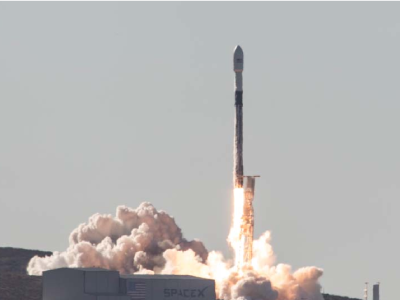Spaceflight SSO-A: SmallSat Express Launches
(03-Dec-18) On Monday, December 3rd at 10:34 a.m. EST, SpaceX successfully launched Spaceflight SSO-A: SmallSat Express to a low Earth orbit from Space Launch Complex 4E (SLC-4E) at Vandenberg Air Force Base in California. A series of six deployments occurred approximately 13 to 43 minutes after liftoff, after which Spaceflight began to command its own deployment sequences.Spaceflight SSO-A: SmallSat Express
A total of 64 spacecraft from 34 organizations were launched as part of the Spaceflight SSO-A: SmallSat Express mission. The mission signifies Spaceflight's first dedicated rideshare mission to a sun- synchronous low Earth orbit and represents the company's effort to accommodate the growing number of domestic, international, government, and commercial customers seeking affordable rideshare options to launch their spacecraft into orbit. Spaceflight SSO-A: SmallSat Express is the largest single rideshare mission from a U.S.-based launch vehicle to-date.The mission includes 15 microsats and 49 cubesats from commercial and government entities, like universities, startups, and even a middle school. The payloads, which vary from technology demonstrations and imaging satellites to educational research endeavors, are from 17 countries, including the U.S., Australia, Italy, Netherlands, Finland, South Korea, Spain, Switzerland, U.K., Germany, Jordan, Kazakhstan, Thailand, Poland, Canada, Brazil, and India.
View the launch.


